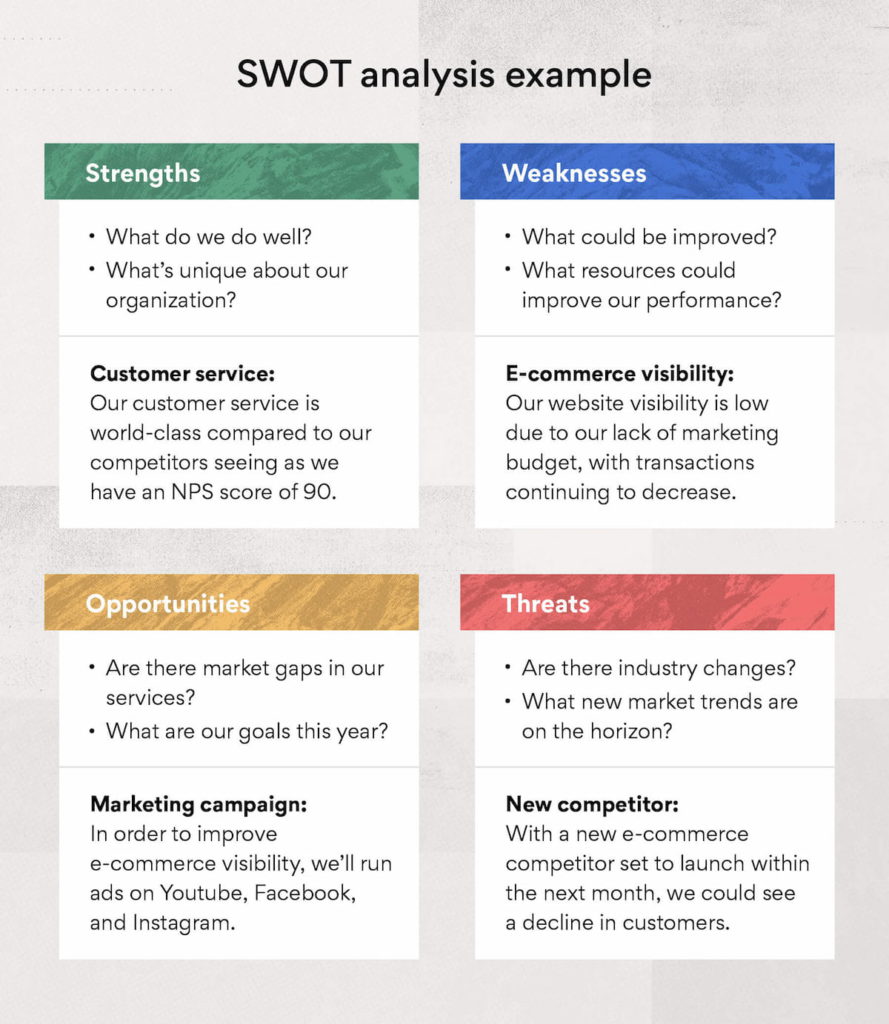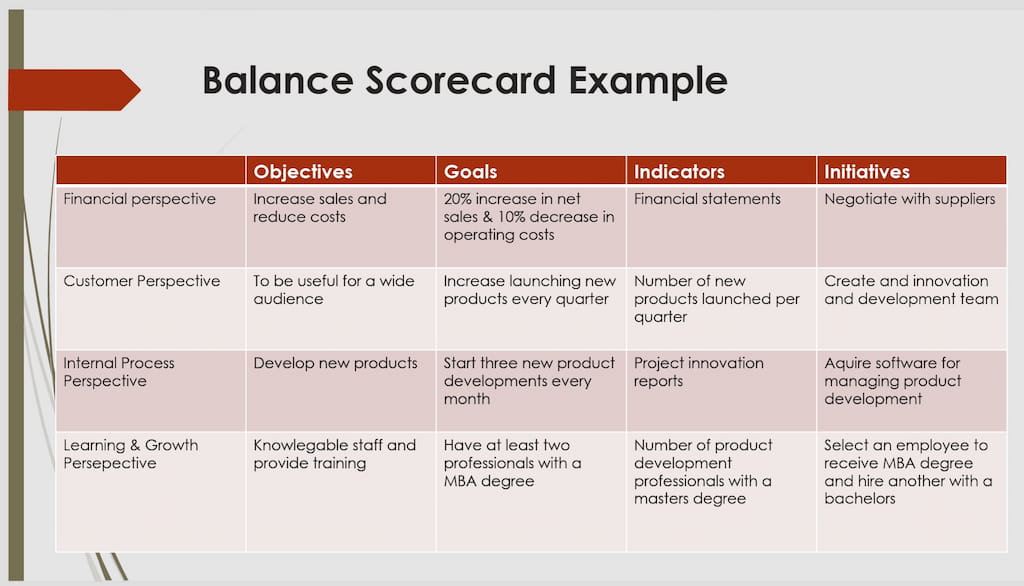On its way to success, every company has its objectives and ways of reaching them. In this article, we will talk about strategic management definition, why it is crucial for all businesses across industries, and the steps to take to manage a company strategically. Additionally, tools like a free time card calculator can help businesses track and optimize their workforce efficiency as part of a broader strategic plan. Without further ado, let us introduce you to the concept.
What is Strategic Management? Definition and Key Concepts
In a nutshell, strategic management is a process of decision-making, planning, and using the company’s resources in the most productive way in order to meet the key objectives of the organization.
Why Strategic Management is Essential for Business Growth
Now that you know what strategic management is, let’s review the key reasons why strategic management is absolutely essential when it comes to project management.
- The goals are reached faster. And they are reached! The old saying states that the one taking the road without knowing the destination will be very surprised once gets to the wrong place. Naturally, the teams that have a clear vision, know their capabilities, their client and their market well, and have a plan, will undoubtedly move towards the project deliverables with the fastest and most consistent speed.
- The right organizational strategy provides competitive superiority. Having a plan is better than not having it. However, a good strategy goes far beyond just providing a way to reach the goal. As per Freek Vermeulen, it provides a crystal clear understanding of the company’s intentions, “what the firm is going to do and what it is not going to do”. Subsequently, acting according to the strategy will build trust within communities of your users, partners, and employees, both current and potential.
- It will help while making creative and breakthrough ideas. If an organization has a clear strategy, it will undoubtedly make it easier for employees and management while making new decisions and getting more creative with their strategic planning. Even though creativity is usually associated with chaos and unpredictability, it is easier for everyone to structure the new ideas and brainstorming results and understand which ones align with the company’s strategy and are worth trying.
- Keeps the management alert. Once the organization’s objectives and strategy are discussed and set, their constant revision will empower the management and will definitely help while making decisions, organizing work processes across departments, and managing new challenges.
How to Implement Strategic Management Successfully
First of all, the company needs to have or set key objectives, both short and long-term and understand the value that they bring to the table. Basically, it means answering the what and why questions, preferably in the most comprehensive and concise way possible. Right after this, the concept of strategic management comes in to take care of the how.
For example you want to increase sales annually by 50%. This is your long-term objective. How many new customers or orders a day does that represent? This is your short-term objective. Or you may want to improve your customer service satisfaction or customer retention.
In order to start, it is preferred to analyze the market and competitors.
- What kind of tactics do they have?
- What are their strong and weak sides?
Next, it is vital to review your own current strategy, concerted or implied, your structure and resources in order to update or set a new one.
Once done, make sure it is known and recognized by both your employees and customers by sewing it into your project roadmap.
There are two types of SM: prescriptive and descriptive. The first one means that the company decides on its ways of handling controversial cases in advance, prior to their occurrence. It works well for fields with a preset, foreseeable, or expected number of issues. Some of the firms prefer to hire special people to research and suggest changes that can be made in the operations so that the company reaches its ambitions faster.
The descriptive approach, on the contrary, suggests examining current cases and adjusting the strategy accordingly. It means that it is tightly connected to day-to-day issues and deals with real situations. This type is closer to the real world but may seem to lack stoutness.
Concepts in Strategic Management, Toolkit, and Approaches
Naturally, there are specific approaches, methods, and techniques that help to implement SM. One of them is the SWOT analysis (check out other management abbreviations). For those of you who have heard about it, but never really thought of the abbreviation, it stands for strengths, weaknesses, opportunities, and threats.

Strengths and weaknesses are internal factors that can be determined by answering the following questions:
(strength)
- What is already helping the organization flourish and grow?
- What are the strong sides of the business?
- What qualities are special about the company or product?
- How do you differ from the competitors?
- What resources are available?
- What helps the business reach its objectives?
(weakness)
- What usually prevents the organization from reaching them easily?
- What resources are needed, but are not available as of now?
- What is required to be changed to move faster to long-term goals?
- Name all the fields for improvement and make each of them more specific.
Also, there are external elements that include opportunities and threats. Here is a basic list of questions that will help you identify them:
(opportunities)
- What external resources can you attract to achieve your objectives?
- What is popular nowadays and what trends can you single out?
- What should the company start doing that it’s not doing now?
- What should it stop doing from what it is doing now?
- Are there any economic trends that can help to reach the targets?
- Are there any economic trends that can threaten your company?
(threats)
- What threats for the business can you name right away?
- What are the strengths of your competitors that help them grow faster?
- Is there any negative connotation connected with your company?
- Is there any bad fame in the media about your product?
- What could possibly put your organization at risk?
SWOT analysis will provide you with a clear understanding of the present-day state of affairs. It is considered to be one of the powerful techniques to be used in strategic management meaning it is vital to complete.
Another useful tool is called a Balanced Scorecard. Basically, it is a measurement system or performance indicator. The importance of it lies in understanding that any established measurement method will inevitably impact the employees’ behavior and their understanding of priorities.

The balanced scorecard consists of four perspectives which are typically called legs. It includes learning and growth, business process, customer, and financial perspective. Let us take a closer look at each of them:
- The learning and growth perspective (also called organizational capacity) examines things as human capital, technology, culture, infrastructure, knowledge resources, and how effectively they are used by employees.
- Business process (or internal process) reviews the efficiency of operations or manufacturing of the product and deals with key business processes connected with the product or services provided.
- Customer perspective (also known as the Stakeholder perspective) evaluates performance from the customer standpoint or from the position of a stakeholder, depending on who the organization was meant to serve. Product-wise the analysis concerns price, quality, and availability of the service or product.
- The financial side (also called stewardship) includes measurements that reflect the financial performance of an organization, sales, budgeting, income targets, and how the financial resources are used.
The Five-Step Strategic Management Process
To sum up, here is the five-step SM process that will help reach the desired results more effectively.
- Step 1: Goal setting or Vision creation. Objectives of strategic management. Assess the current direction of the company and set a clear mission or targets to be reached. At this step, it is vital to prepare short-term and long-term aims and formulate the vision statement. Keep the goals SMART (Specific, Measurable, Achievable, Realistic, and Time-bound).
- Step 2: Analysis. Complete or review the SWOT analysis, consider strengths, weaknesses, opportunities, and threats of the business. Take a very close look at the competitors and their visions and tactics. Gather as much information as possible.
- Step 3: Strategy Formulation. It is time for the actual plan creation. Think through all the steps that are needed to reach key objectives, put them into the right order, and tag who is responsible for each step, what departments are involved, who needs additional training, set clear KPIs. Control is the last step of this process. However, it is better to agree on how the company is going to measure the progress at the stage of planning. How will everyone know that the goal is reached? At this point, the company values should play a key role. The plan is supposed to reflect and support them. It is a good idea to discuss with management and employees what ways of reaching KPIs are going to be approved and what won’t. After the strategy is formulated, it should leave zero questions about where the organization is going, how exactly, what the priorities are and who is involved.
- Step 4: Implementation or Execution. The planned course of action discussed in Step 3 should result in crystal clear responsibilities, clarified priorities, and tasks that have their feasible deadlines. Everyone is supposed to know the ways they are contributing, and the processes have to be efficient, accordingly.
- Step 5: Control and Evaluation. As the objectives and steps are time-bound and have sharp deadlines, it is easy to evaluate how well the process is going. It is required to compare the actual results that the company is getting to the targets set at every stage and correct the tactics if needed. Not only is Control and Evaluation important to get there, but the information gathered here will also help with formulating future strategies and will prevent from repeating any mistakes encountered.
What we can do?
Everhour is a time management software that helps to manage your employees, know where your team’s time is going, keep projects on budget, reduce your business costs and increase transparency.
The Bottom Line
We hope that this guide has helped you to take the first steps towards better strategic management. For a deeper dive into the concepts and techniques associated with strategic management, explore our complete PM’s guide to project management tools, the detailed guide to effective resource allocation, and ever-important tips to avoid shiny object syndrome.
If you are managing a team of 5 or more and looking to boost efficiency, Everhour is the perfect tool to keep your team on track. With seamless time tracking, you can easily estimate task durations, set clear budgets, and generate detailed reports inside Asana, Trello, Jira, or any other pm tool.

